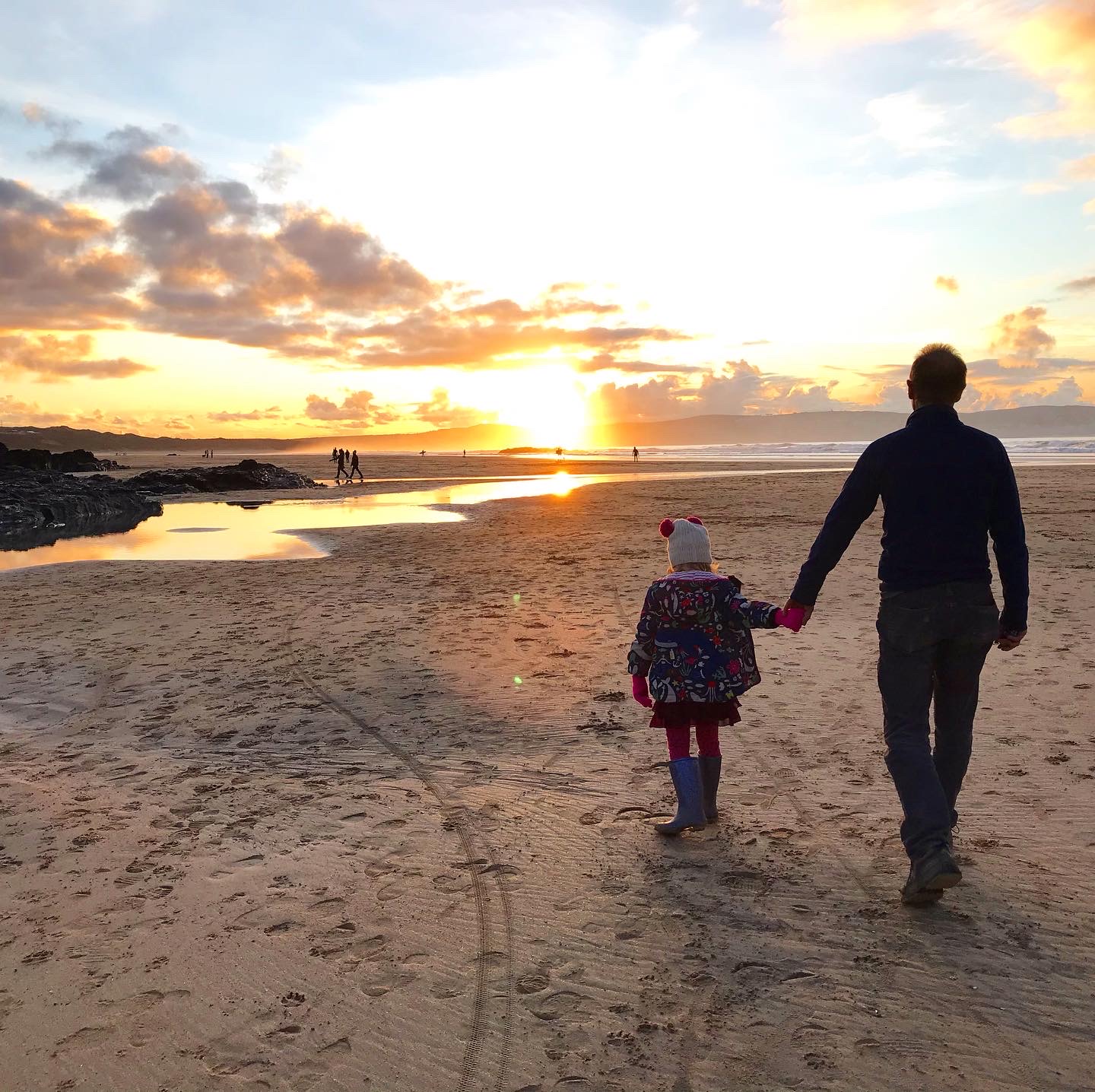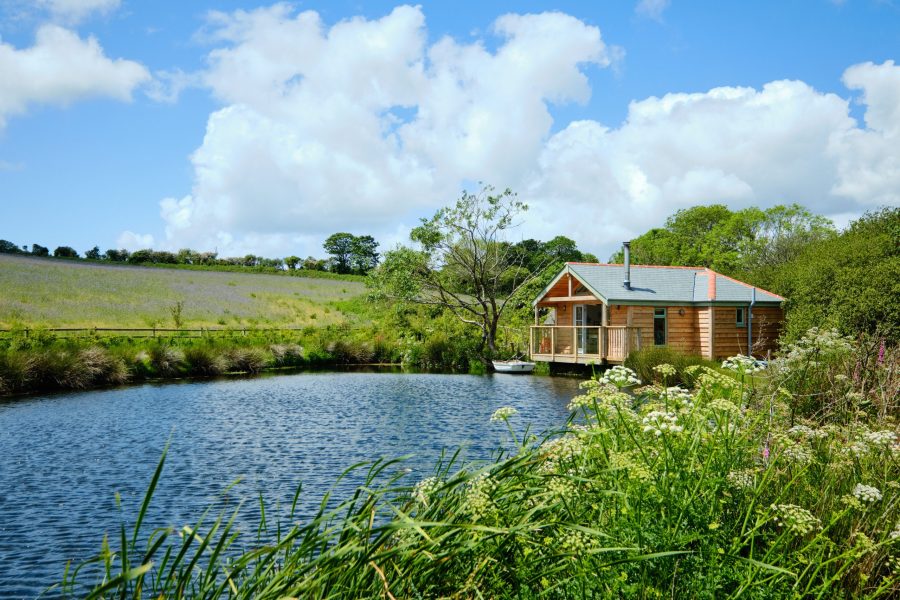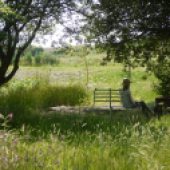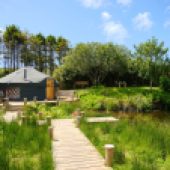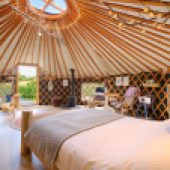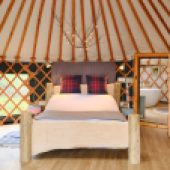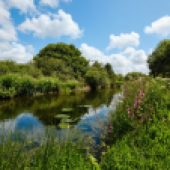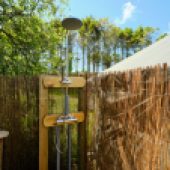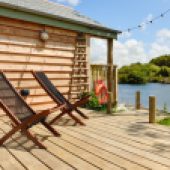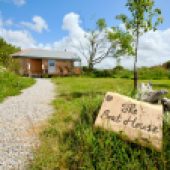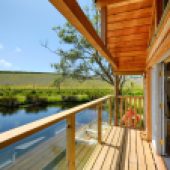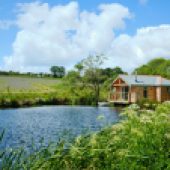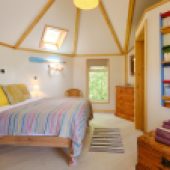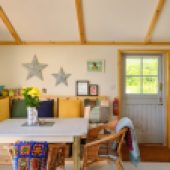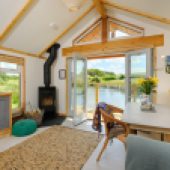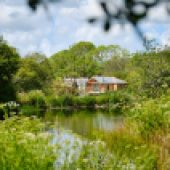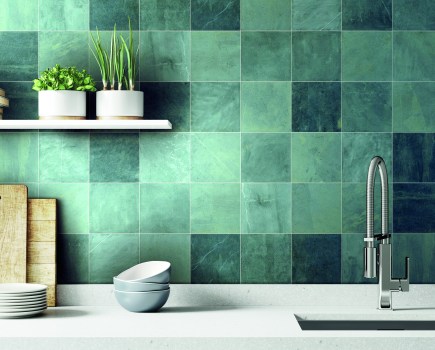Ruth Milligan and Jim Watkins took a huge leap of faith when they relocated from Oxfordshire to Cornwall and started a new life offering a magical retreat in nature for those who want to escape the hectic city pace
WORDS ALICE WESTGATE PHOTOGRAPHS IAN KINGSNORTH
Jim Watkins and Ruth Milligan’s plans for a new life in Cornwall started with a chat over dinner back in November 2015. They were living in Oxfordshire, where Jim was working as an IT programme manager in e-commerce and Ruth was head of the African programme at an up-market travel company. ‘It was a culmination of events, really,’ admits Jim. ‘We lost three parents in three years and work was full-on for both of us. I was commuting four hours every day and my last contract nearly finished me off. We knew things needed to change.’
The couple also had an 18-month-old daughter, Aggie. ‘It was just so difficult balancing being a mum with such a demanding job,’ adds Ruth. ‘I knew I couldn’t properly fulfil both roles. Jim and I felt ready to do something different.’
But house-hunting at long distance while still in busy jobs was tricky. ‘We needed a Cornish Kirstie and Phil,’ laughs Ruth, so they asked Jayne Phillips-Choak, who runs a property search agency in Cornwall called Live Beside the Sea, to find somewhere that came with a holiday business so they could capitalise on Ruth’s travel expertise. It needed to be near Ruth’s mum, who lives in Truro, and close to a cricket club for Jim.
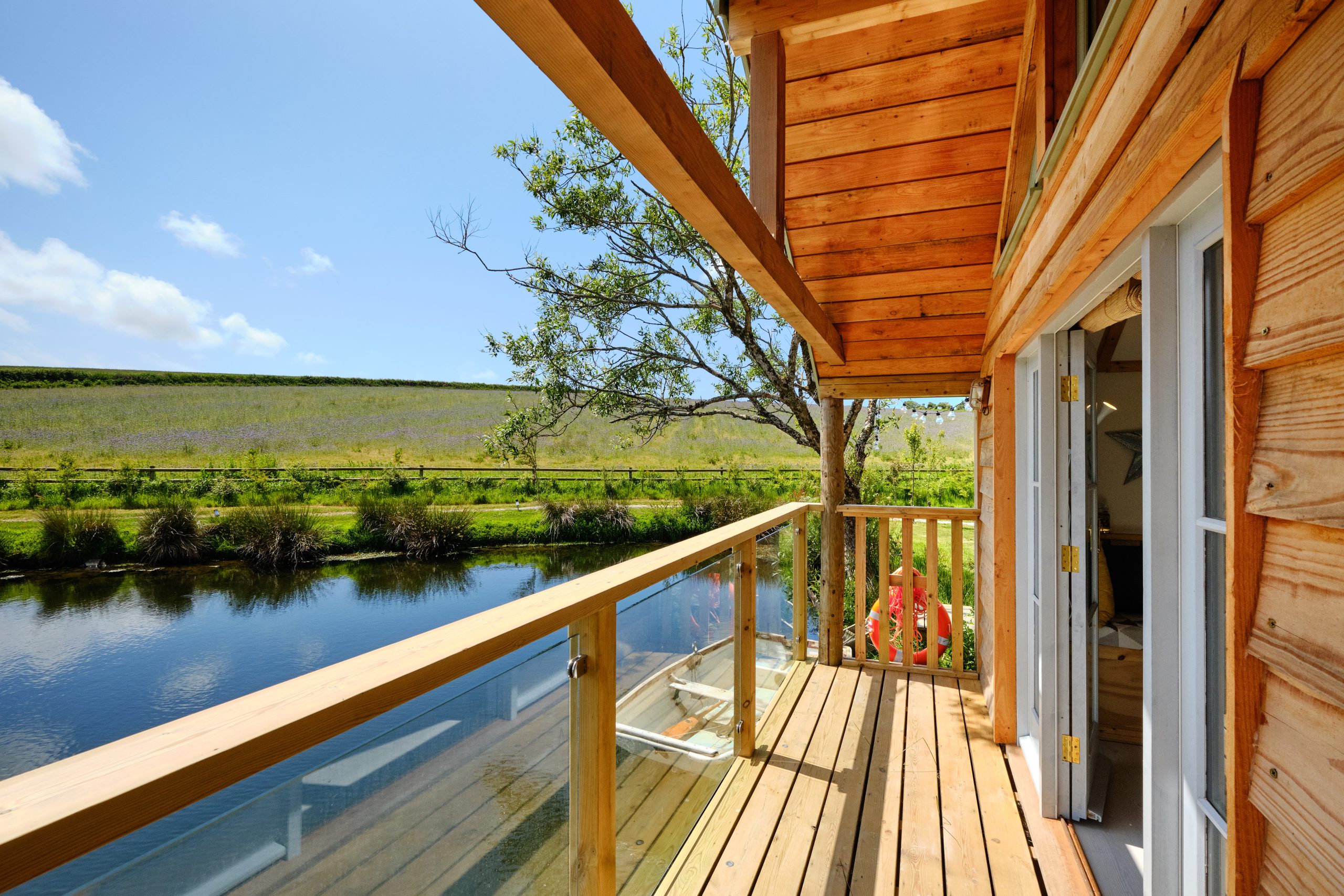
‘Jayne saw a large number of properties and emailed us their pros and cons,’ says Jim. ‘We then came down and saw the most promising ones for ourselves.’ One was a holiday cottage complex that looked great on paper. ‘We suddenly felt under pressure at the prospect of taking over an established business,’ says Jim, ‘and realised that we wanted to create something unique from scratch instead.’
THE SWEET SPOT
This opportunity came when Jayne showed them Pengelly Mill, which sits mid-way between the north and south coasts and is just a 15-minute drive from popular beaches and surf spots including Gwithian, Godrevy and Praa Sands. The period property nestled in five acres of intriguing land that included Asian-style water gardens and a series of lakes, ponds, waterfalls and rills fed by the old mill leat. At the fringes of the site was a secret garden – a maze of narrow wooden walkways that meandered between exotic plants, hidden rivulets and sacred statues.
‘The whole place had a real sense of magic,’ says Ruth, who immediately saw the potential to add some holiday units around the lake and knew that the unique surroundings would set them apart from other accommodation in Cornwall. There were, however, some snags: the land came with a title restriction, meaning that it couldn’t be used for letting units; there was no road access on to the land beyond the house; and there was no guarantee they would be granted planning permission for the buildings they envisaged. ‘There was a massive risk on all three fronts,’ recalls Ruth.
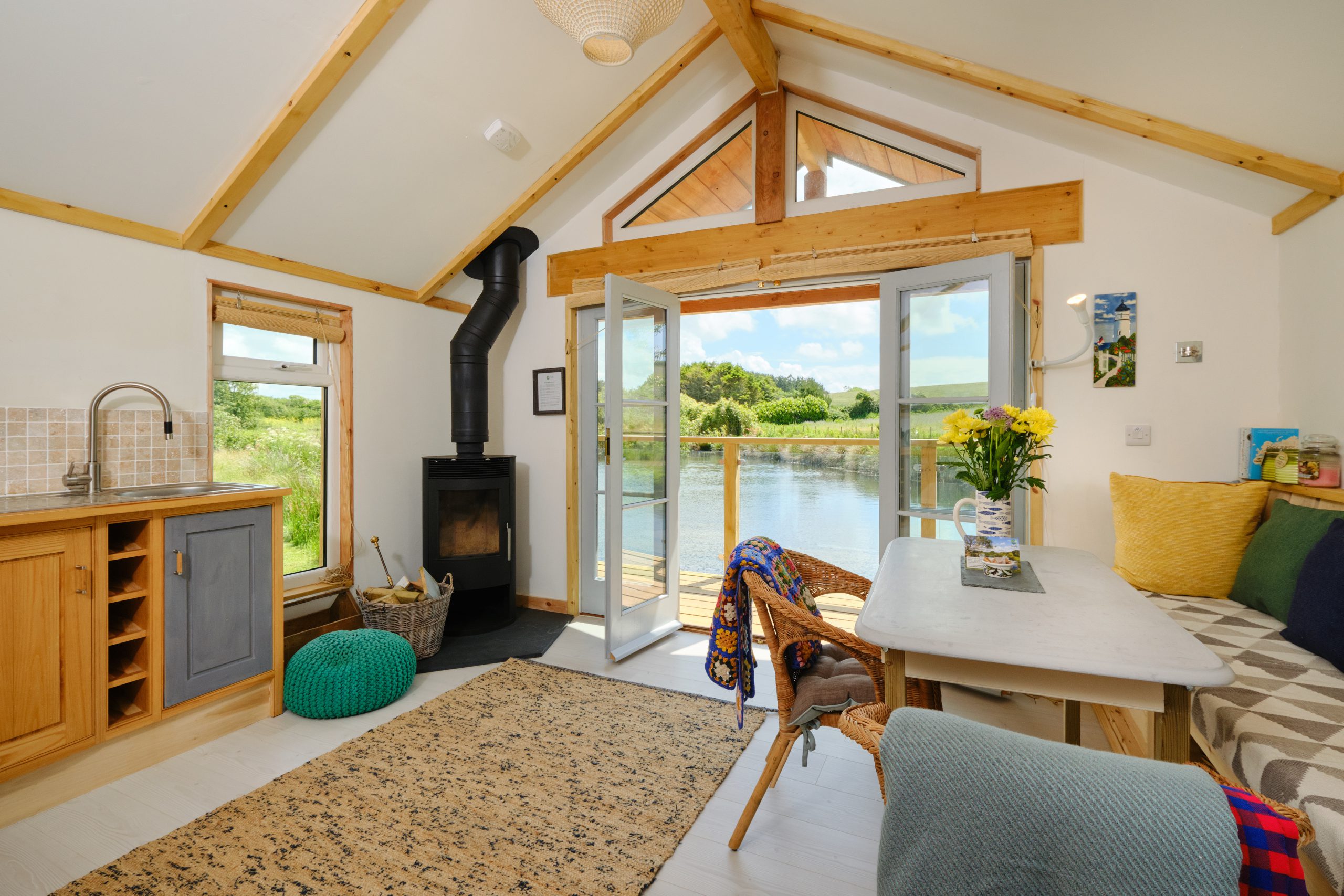
SAILING AWAY
In a huge leap of faith, the couple moved to Cornwall in June 2016 before any of these issues were resolved. In those first, tense months their planning application was rejected by Cornwall Council but undeterred, and with the assistance of a planning consultant to help fight their corner, they took their application to appeal. While they waited for the final decision they focused on the house, converting the garage into a letting annexe and undertaking a complete overhaul of the more eccentric elements of the garden.
With no experience in horticulture (Jim admits that he didn’t even own boots or gloves before the project began), the pair enlisted the help of landscape designer Matt James, who lives in Cornwall and is well known for hosting Channel 4’s The City Gardener, as well as for running landscape design programmes at the Eden Project. ‘Getting Matt involved was a turning point,’ says Jim. ‘He was brilliant. He had a vision to leave the ornamental jungle garden around the house, but to make the planting progressively more naturalistic as you ventured further from the property.’
Matt and Jim, plus a construction team that included digger driver Billy Lawson, embarked on some massive groundworks that involved moving 100 tonnes of soil, relocating plants, making walkways, building bridges, creating a little lagoon and laying hundreds of metres of underground pipes and cables to supply electricity and water to the holiday units they hoped to build. It was a huge relief when, after nearly 18 months, planning permission was finally granted and the rest of the scheme could get underway. Billy is a versatile and skilful builder and he helped construct the two holiday houses in secluded spots at either end of the largest lake, almost invisible from one another.
ON THE WATER
For the first one, they commissioned local architect Peter Skerrett to come up with a plan. ‘When he suggested a boathouse, we instantly loved the idea because the building has a beautiful connection to its surrounding landscape,’ says Ruth. The interior is decorated with subtle nautical touches and warmed by underfloor heating and a wood-burning stove. Its veranda overhangs the water and is a peaceful spot to sit and watch swallows, kingfishers, herons, moorhens and emperor dragonflies. Guests can swim in the lake, venture out to a little island in a rowing boat or set up a fishing rod, as the lake is teeming with wild brown trout.
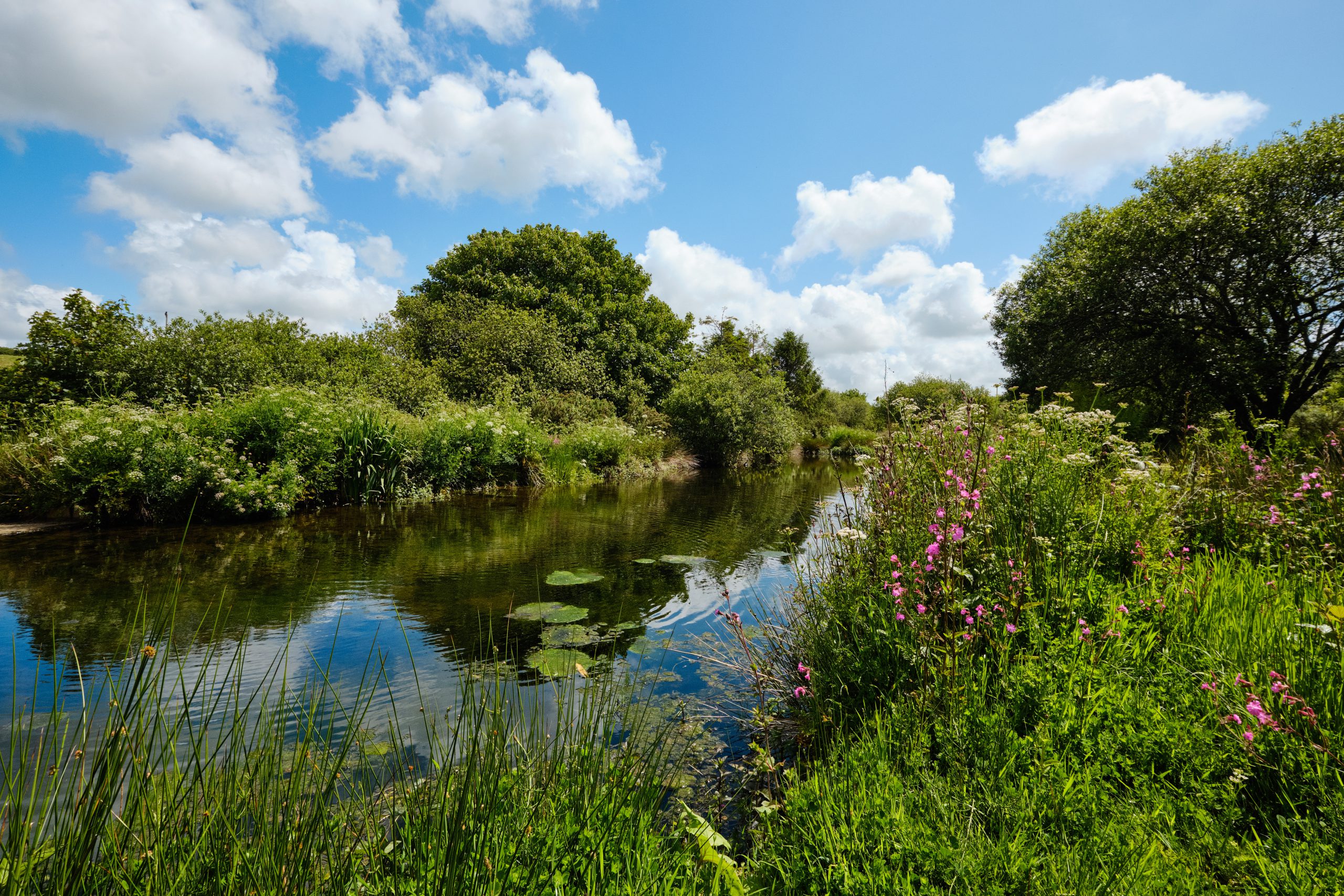
For the second holiday dwelling, called The Sail House, Ruth and Jim decided on a yurt, inspired by a local company called Meadow Yurts, which adapts the traditional design to suit the Cornish climate – think marine rope, waterproof cotton canvas and a steeply pitched roof to improve rainwater run-off. ‘We wanted the yurt to feel luxurious, like an African safari tent,’ explains Ruth, so there is an interconnecting second yurt as an en-suite bathroom. They also installed a freestanding tub with views of a tranquil pool. Additional treats include underfloor heating, a bespoke timber bed, a wood-burning stove, an outside kitchen with fire-pit, a private deck and a hot outdoor shower.
SMOOTH LAUNCH
While the building work was in progress, Ruth concentrated on Pengelly Retreat’s branding and website with designers Richard Edgerton and Pat Dyer. She also boosted its social media profile and started a blog. ‘I look after all the bookings and enquiries,’ she explains. ‘It’s important to add personal touches so people have a special experience when they stay with us.’
More than four years since the move, the couple are still buzzing with ideas. Aggie loves the freedom of her new Cornish life. Ruth is planning to launch a series of lakeside yoga retreats, and Jim’s plans for the garden are constantly evolving, his imagination driven by studying for various Royal Horticultural Society qualifications – a far cry from that dreaded commute.
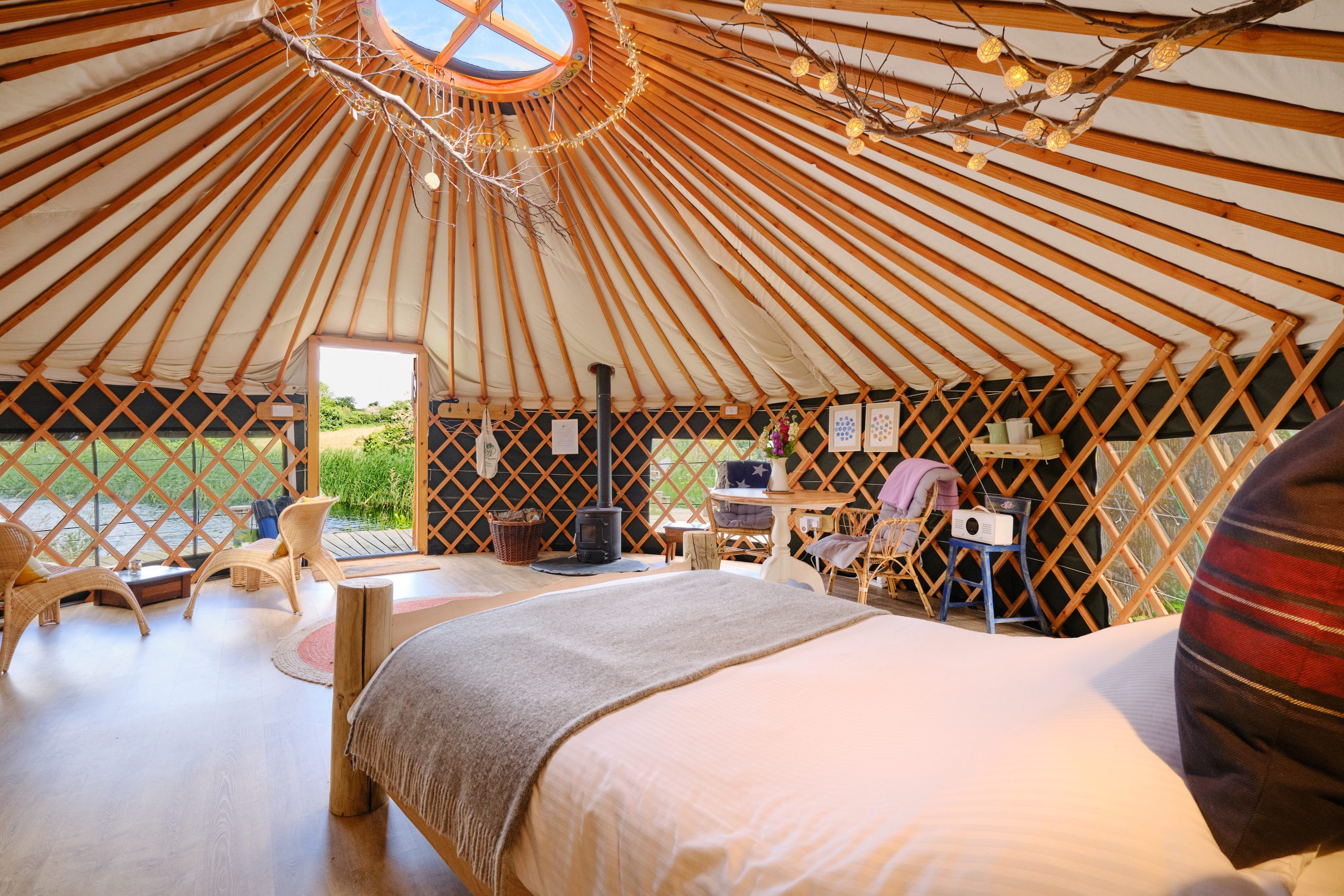
Guests often say that they feel something special when they stay at Pengelly. With no traffic noise to keep them awake, no light pollution to stop them gazing at the stars and all the time in the world to linger in the grounds under the watchful eye of the contemplative Buddhas, it provides exactly the peace and connection to nature that Jim and Ruth first craved.
Pengelly Retreat is open year-round. The Sail House (from £80 per night), The Boat House (from £90 per night) and The Mill Annexe (from £40 per night) all sleep two. For large parties of up to 12, exclusive hire of the whole site, including The Mill House, is available (01736 850225, pengellyretreat.co.uk, Instagram @pengelly_retreat).
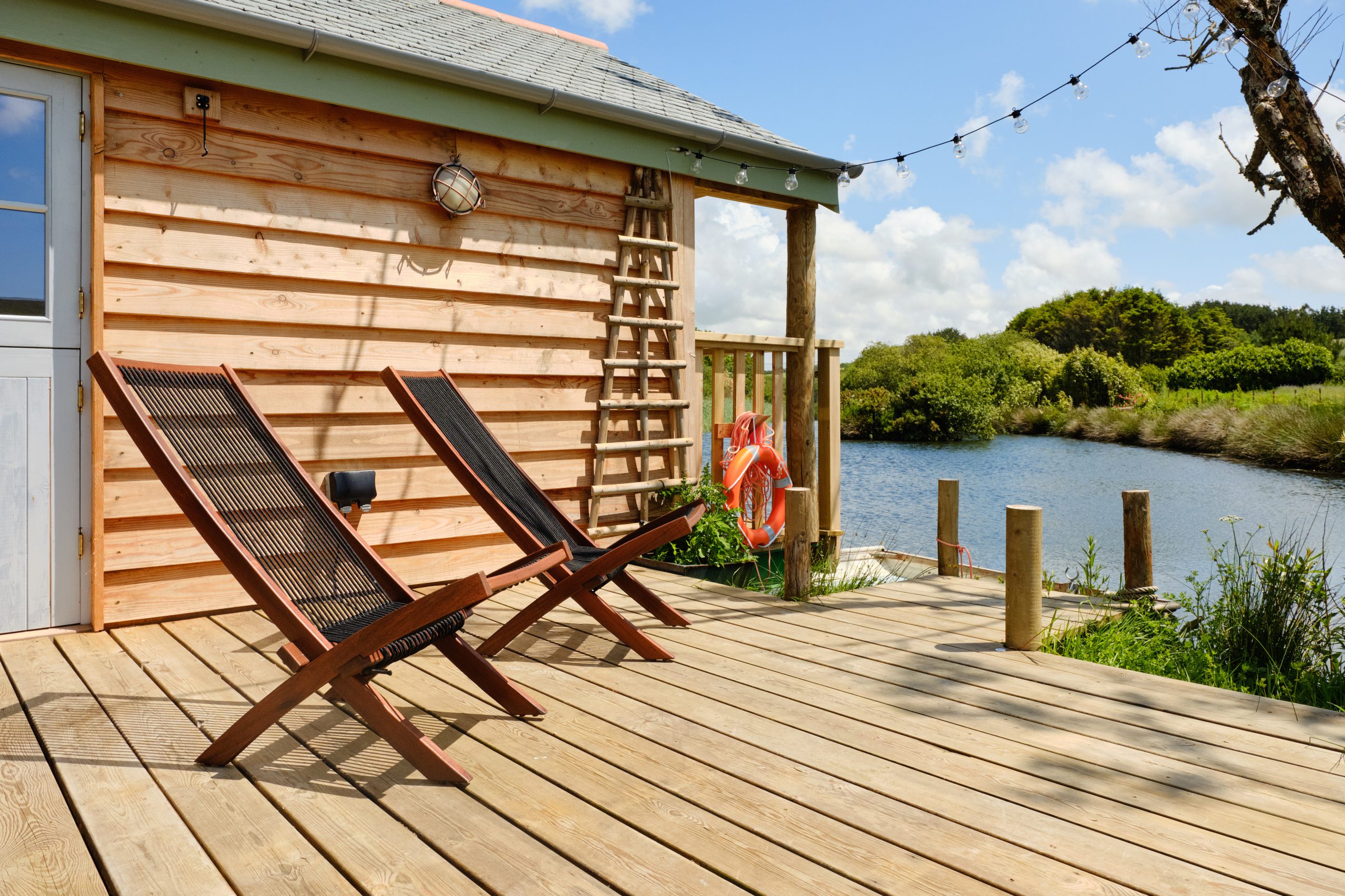
PENGELLY RETREAT’S TOP ECO-TIPS
- Plant native trees such as rowan, hawthorn and birch. Jim and Ruth have added more than 400 trees to the site, with 100 more to go in this season.
- Provide an array of natural habitats to sustain a diversity of wildlife. The rewards are huge: otters and water voles have been spotted at Pengelly.
- Create a wildflower meadow to encourage butterflies and bees.
- Jim and Ruth have also planted more than 1,000 bulbs across the site.
- Add water to enhance your garden’s ecosystem. The interconnecting water features at Pengelly are gravity-fed, removing the need for electric pumps, and all of them are teeming with wildlife.
- Make a dedicated recycling area so that recyclable items don’t end up in landfill.
- Reduce single-use plastics by arranging milk delivery in glass bottles (milkandmore.co.uk) and ordering loo paper from Who Gives A Crap (uk.whogivesacrap.org).
- Buy local by ordering a food box from a nearby supplier or visiting neighbourhood farm shops.
